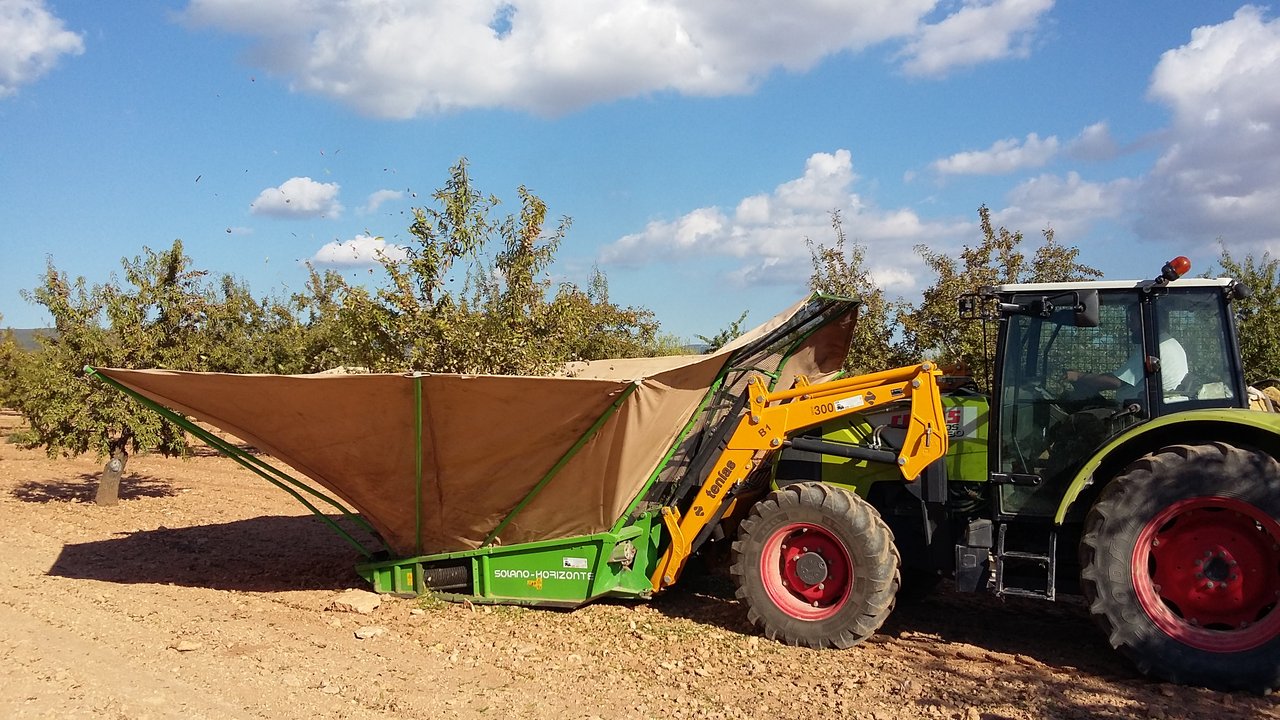At Itac Professional we are experienced nuts producers but we are specialized almonds manufacturers. For this reason, we know by heart the cicle of the almond.
Winter rest for almond trees
Once the almonds are harvested and the cold weather sets in, the almond trees must start their winter rest, shedding their leaves and entering the vegetative stage until they start flowering, where the vegetative activity restarts once the warmer temperatures arrive.
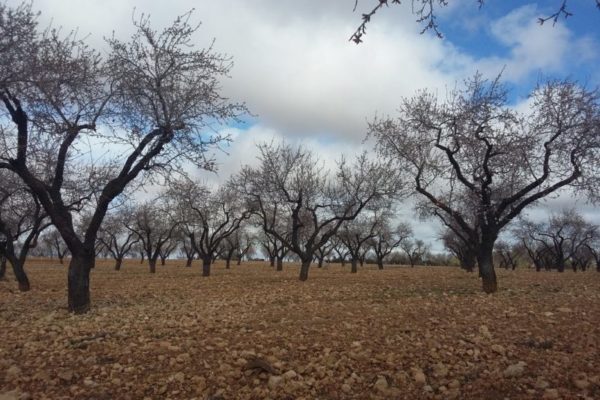
The winter rest is an essential phase so that the trees can start other active processes which are indispensable for the next harvest’s success. During that process, almond trees must meet two needs:
- The number of cold hours: the amount of hours below 7°C which the trees must have.
- The amount of reserves for the next development stage: the trees must accumulate nutrients through water which will be essential for the forthcoming crop development.
During that rest phase, the recommendation is to prune the trees, plough the land, prepare the basic fertilisation for the following campaign and provide the phytosanitary treatment related to fungi.
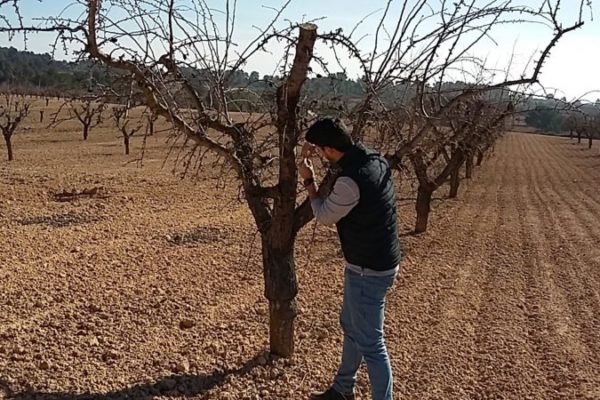
Therefore, the almonds which will be harvested and their quality will depend directly on the almond trees’ rest and preparation during the cold months and winter rest.
Flowering and pollination
When the warmer temperatures arrive at the end of winter and start of spring, the rest needs have been met and the vegetative activity restarts with the flowering.
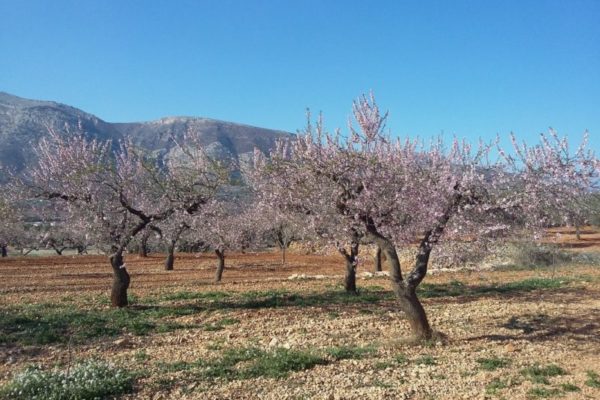
The flowering and weather conditions during that period also varies from year to year. Nevertheless, each variety of almond tree and origin has its own specific features and calendar, so this process must be rigorously monitored to make sure that the almonds grow appropriately; this is done by observing the weather conditions, the tree pollination and the appearance of any diseases related to this phase.
The traditional almond trees (Marcona and Largueta) need another pollination variety so that the flowers can bloom and the future almonds can grow. During that process, the bee flight carrying the pollen from one tree to another is essential, so the cold temperatures (below 14°C) and the potential rain will have a considerable influence.
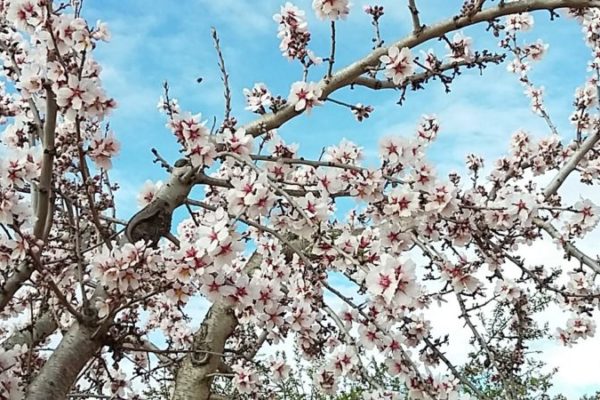
However, the new almond varieties (Guara, Belona, Lauranne, etc.) are self-compatible and have a late flowering period, which considerably improve the almond trees’ agronomic outlook and resolve the problems related to the frost and floral compatibility.
The flowering period varies depending on the type of almond tree. On one hand, the traditional almond trees (Marcona and Largueta) need another pollination variety so that the flowers can bloom. In that task, the bees’ flight carrying the pollen from one tree to another is essential. Temperatures below 14°C and the rain can have a considerable influence during that process.
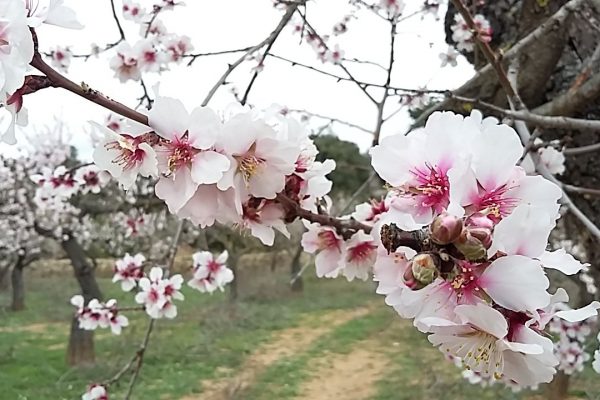
On the other hand, the new almond varieties (Guara, Belona, Lauranne, etc.) are self-compatible and have a late flowering period, which improve the almond trees’ agronomic outlook and resolve the problems related to the weather conditions.
Almond growth
Once the flowering and fertilisation of the future almonds have been completed, they start to blossom and grow. From then on, the availability of nutrients and water is essential for the almond’s development. The productivity level will then depend on the trees’ capacity to guarantee proper development throughout the spring and summer months.
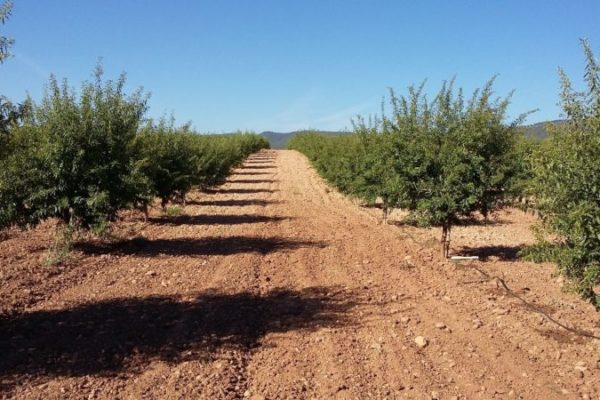
The recently fertilised flower develops the almond which increases its size during the following months until it ripens during the summer season. The specific features of each origin must be taken into account since factors such as water, pests, diseases and weather conditions may influence the almonds’ proper development.
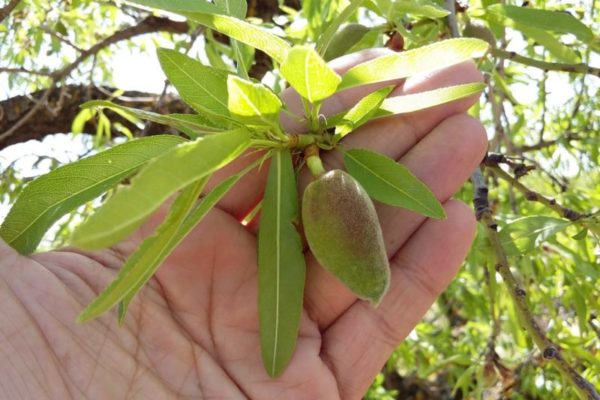
To take such pests and diseases into account, we provide ongoing training on good practices to our producers so that they can combat each problem related to almond trees and ensure food quality and safety.
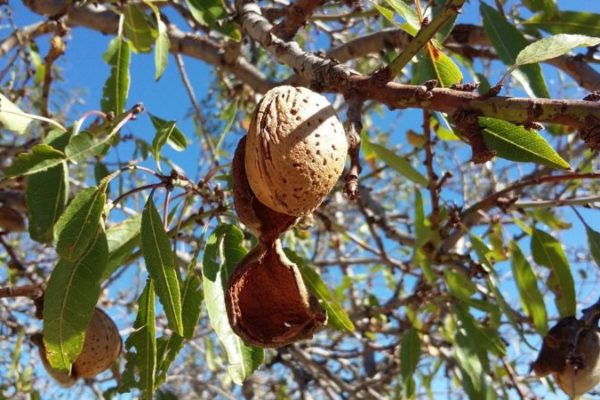
As in the flowering and pollination phase, each variety has its own intrinsic properties which determine when the almonds start to ripen and, therefore, their final phase for their optimal harvest point.
Harvesting, drying and storage
That is when the almonds reach their last development stage and must be picked at the peak of ripeness. Each variety of almond and origin has its own calendar and is influenced by weather conditions.
When the hull that protects the almond during the productive months splits open wide, it is harvest time. The kernel’s humidity and the potential physical defects related to the weather conditions are important factors for guaranteeing the quality (shrivelled kernels, calibre, pests, etc.).
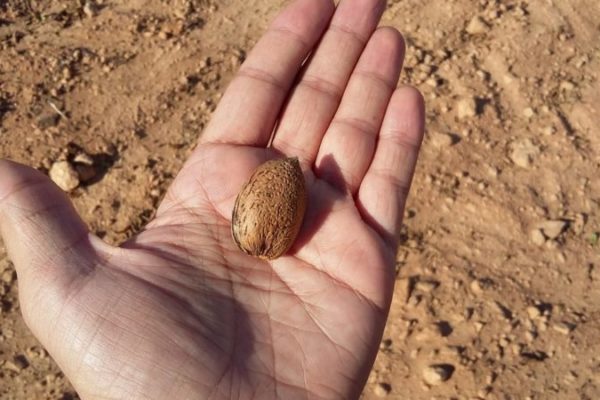
Although there are other harvesting methods, the most common one used is the reversed-umbrella interceptor with which the tractor shakes the almond tree so that the almonds fall and can be continuously collected.
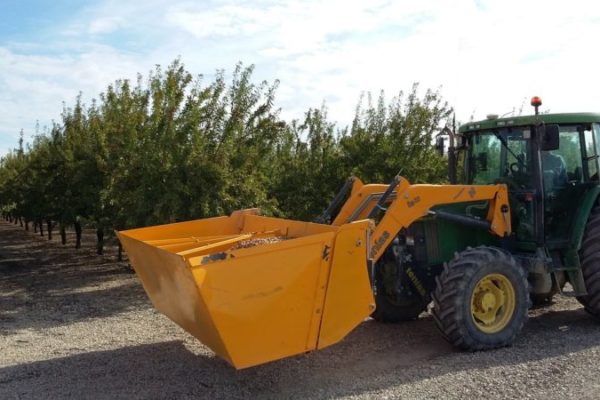
Nevertheless, there are other harvesting methods which adapt to the new types of crop: combine harvesters, harvester machines, bale buggies, etc.
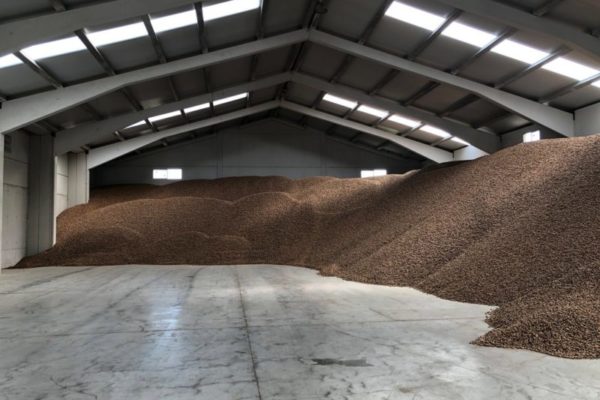
Our producers harvest and store each variety separately to ensure that no varieties are mixed in the final product. Once the almonds are dried until their peak phase, stored in controlled conditions and analysed by the quality control team, the next almond phase will start: the shelling.

